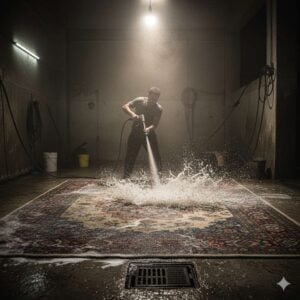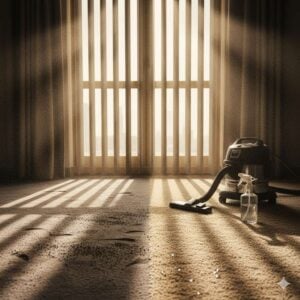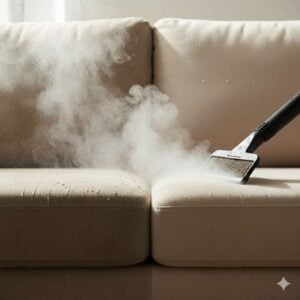Hello, dear readers! Today, we’re diving into the crucial subject of mold removal Abu Dhabi. Dealing with mold is more than a mere inconvenience; it’s about safeguarding your health and property. Mold can pose significant health risks and damage the structure of buildings if left unchecked. That’s why understanding the best practices for mold removal is essential. Join us as we explore expert tips to tackle this challenge efficiently and effectively, ensuring your living or working spaces are safe and mold-free.
Table of Contents
Toggle#1 Identify the Source
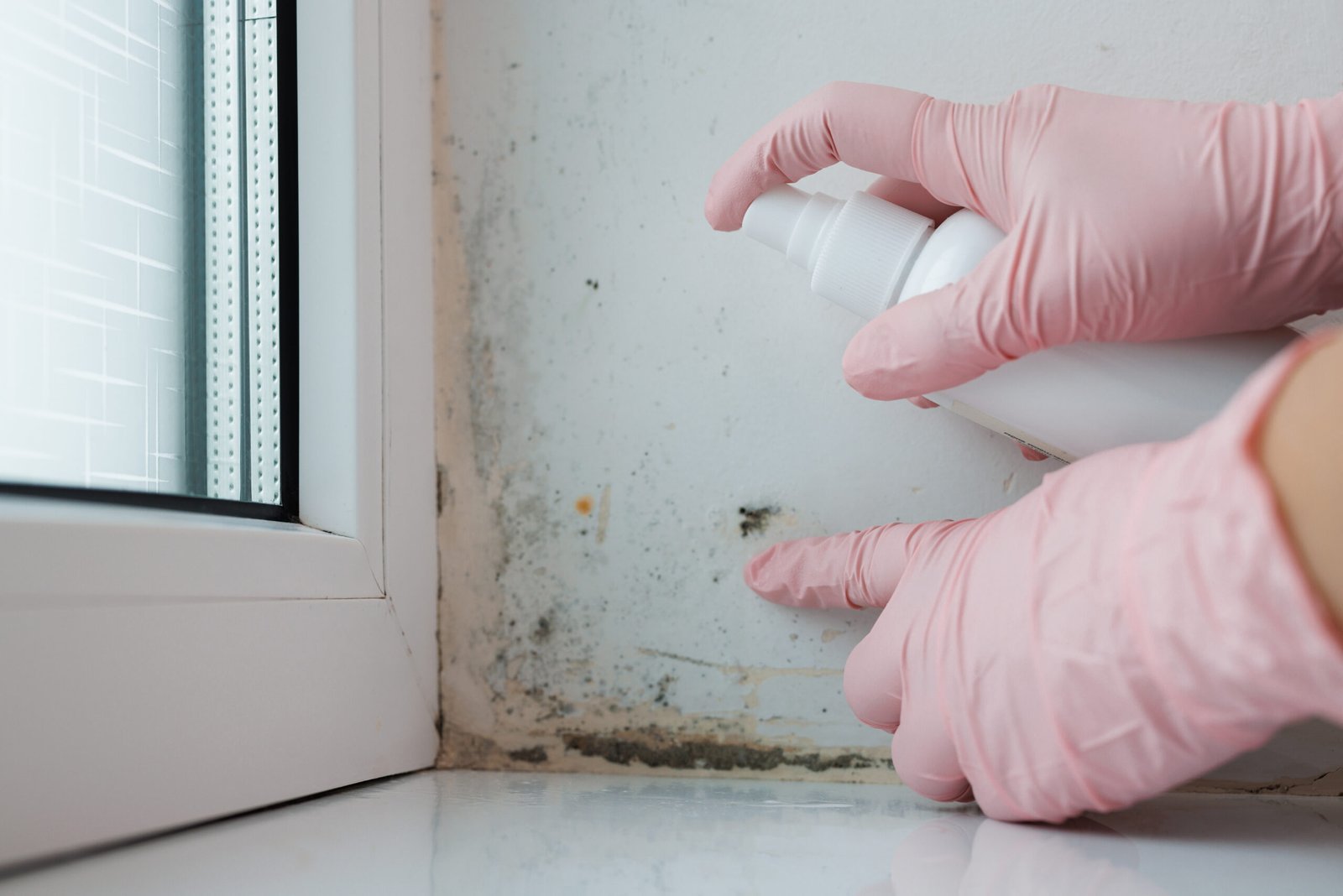
Identifying the source of mold is the first and most critical step in the effective remediation process. Mold growth is not a random occurrence; it’s a sign of excess moisture, be it from leaks, condensation, or poor ventilation. To effectively combat mold, it’s essential to pinpoint where the moisture is coming from. Start by inspecting common problem areas such as bathrooms, kitchens, basements, around windows, and any areas known to have water leakage problems. Often, the source may not be visible on the surface, so it’s crucial to look for hidden signs of moisture, like peeling paint or wallpaper, dampness on walls or floors, or a musty smell.
Once you’ve identified potential sources of moisture, the next step is to address these issues directly. For leaks in plumbing, repair them immediately. If condensation is the problem, improving ventilation can help. This might mean installing exhaust fans in high-moisture areas, using dehumidifiers, or ensuring that air conditioning systems are functioning correctly. For basements, consider sealing the walls and floors to prevent moisture seepage from the ground.
Remember, merely cleaning up the mold without addressing the underlying moisture problem will only result in the mold returning. Sometimes, the source of moisture may be due to more complex issues such as poor drainage around the building’s foundation or a compromised roof. In such cases, professional assessment might be necessary to develop a comprehensive solution.
In dealing with mold, the emphasis should always be on prevention. By ensuring that your home or building is as moisture-free as possible, you can prevent the majority of mold problems before they start. Regular maintenance and vigilance in moisture-prone areas can save a lot of time and expense in the long run.
#2 Choose the Right Safety Gear
Choosing the right safety gear is essential for anyone tackling mold removal. Mold spores, while invisible to the naked eye, can pose significant health risks when inhaled or come into contact with skin. To protect oneself during the mold remediation process, certain safety gear is non-negotiable.
Firstly, wearing a high-quality respirator (N-95 or better) is crucial. This protects your lungs from inhaling mold spores. The respirator should fit snugly over your nose and mouth to ensure no spores can enter. Secondly, disposable gloves are a must. They prevent skin contact and protect you from potentially harmful chemicals used in the mold removal process. It’s essential to choose gloves that are suitable for the type of chemical cleaner you’re using; for instance, nitrile gloves are a good choice for most applications.
Eye protection is another critical piece of safety gear. Sealed goggles that prevent spores from entering your eyes are recommended, especially in environments where mold spores are heavily concentrated. Furthermore, wearing protective clothing, such as a long-sleeved shirt and long pants, or even a disposable coverall, can prevent mold spores from coming into contact with your skin. This clothing should be laundered or disposed of immediately after the cleanup to avoid spreading spores to other areas.
Lastly, consider foot protection if you’re working in an area where the floor might be contaminated with mold or cleaning chemicals. Disposable shoe covers can prevent the spread of mold spores to other parts of the building or home.
Remember, the goal of wearing safety gear is not only to protect yourself during the mold removal process but also to prevent cross-contamination that could spread mold spores to other areas.
#3 Use Appropriate Mold Removal Solutions
Using the appropriate mold removal solutions is vital for effectively eliminating mold without causing harm to surfaces or health. There is a broad range of products available, from natural, eco-friendly options to strong chemical cleaners. The choice of solution should be dictated by the severity of the mold infestation, the type of surface affected, and personal or environmental health considerations.
For lighter mold problems or for use on sensitive surfaces, natural solutions like vinegar, baking soda, or hydrogen peroxide can be effective. Vinegar, with its acidic nature, can kill most mold species and can be used directly on affected areas without dilution. Baking soda, used in a solution with water, is great for absorbing moisture and odors, making it a dual-purpose option for mold treatment. Hydrogen peroxide, a potent antifungal and antibacterial agent, can be applied to surfaces to kill mold spores without leaving toxic residues.
For more severe infestations, especially in non-porous areas like bathrooms and kitchens, stronger chemical solutions may be necessary. Products containing chlorine bleach can kill mold on contact, but they should be used with caution due to their corrosive nature and the potential for harmful fumes. It’s important to ensure the area is well-ventilated and to wear protective gear when using these products.
Another option is to use concrobium, a commercially available product that not only kills mold but also creates a barrier to prevent future growth. This is particularly useful in areas prone to recurrent mold issues.
No matter what solution you choose, it’s crucial to test it on a small, inconspicuous area first to ensure it does not damage the surface. Always follow the manufacturer’s instructions for application and safety measures.
In every case, addressing the moisture source, as mentioned earlier, is critical to prevent mold from returning. Regular cleaning and maintenance using these solutions can help keep your environment mold-free.
#4 Proper Ventilation is Key
Proper ventilation is key during and after the mold removal process, playing a crucial role in preventing mold spores from lingering in the air and settling on new surfaces. Ensuring adequate airflow not only helps to dry out the affected areas faster but also minimizes the risk of inhaling toxic spores or chemical fumes from cleaning agents.
Firstly, if you’re working indoors, open windows and doors to create a cross breeze that can carry spores outside. Use fans strategically placed to direct the airflow outward towards open windows or doors, helping to push contaminated air out of the room. It’s important to avoid directing the air from the contaminated area to other parts of the home or building, as this can spread mold spores to new areas.
When using chemical cleaners, ventilation becomes even more critical due to the potential for harmful fumes. Besides opening windows and using fans, consider using air purifiers equipped with HEPA filters. These filters are designed to capture mold spores, dust, and other airborne particles, effectively cleaning the air in the room.
In cases of extensive mold remediation, where large areas are affected or the presence of toxic mold species is confirmed, professional-grade air scrubbers may be necessary. These devices are more powerful than standard air purifiers and can handle larger volumes of air, removing mold spores and other contaminants more efficiently.
After completing the mold removal process, continue to ventilate the area for at least 24-48 hours, depending on the extent of the mold and the cleaning methods used. This continued ventilation helps to ensure that any lingering spores or residual moisture is removed, preventing the mold from returning.
Maintaining good ventilation in your home or building is also a preventive measure against mold growth. Regularly airing out damp areas, using exhaust fans in bathrooms and kitchens, and ensuring your HVAC system is in good working order can help control humidity levels and prevent mold spores from settling.
#5 Preventing Mold Through Humidity Control
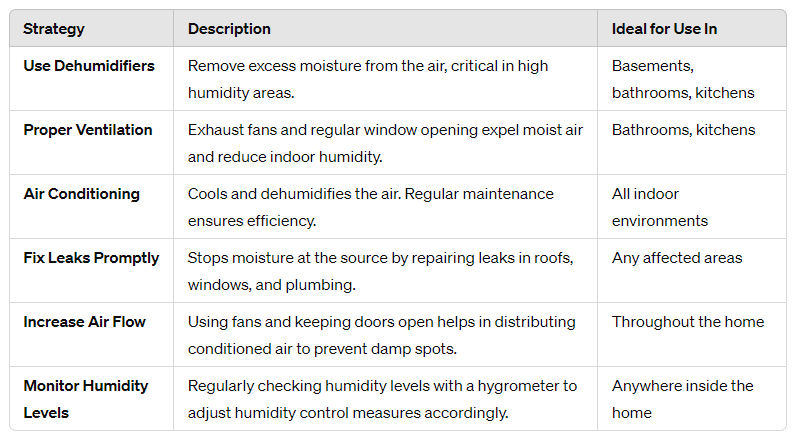
Preventing mold through humidity control is a proactive step that can significantly reduce the likelihood of mold growth in your home or building. Mold thrives in moist environments, and by managing indoor humidity levels, you can create conditions that are less hospitable to its development. The ideal indoor humidity level to prevent mold growth is between 30% and 50%. Here are several effective strategies to achieve and maintain this range:
- Use Dehumidifiers: Dehumidifiers are invaluable tools in areas prone to high humidity, such as basements, bathrooms, and kitchens. They work by removing excess moisture from the air, thus helping to keep humidity levels in check. For larger spaces or entire homes, whole-house dehumidifier systems can be installed as part of your HVAC system.
- Proper Ventilation: Ensure your home is adequately ventilated, particularly in high-moisture areas. Exhaust fans in bathrooms and kitchens can expel moisture-laden air directly outside, preventing it from circulating throughout your home. Regularly opening windows can also improve air circulation and reduce indoor humidity.
- Air Conditioning: Air conditioners not only cool the air but also reduce humidity levels. Ensure your air conditioning system is correctly sized for your space and regularly maintained to keep it functioning efficiently.
- Fix Leaks Promptly: Water leaks from pipes, roofs, or windows can contribute to high indoor humidity and encourage mold growth. Regularly inspect your home for signs of leaks and repair them as soon as they’re detected.
- Increase Air Flow: Encourage air flow within your home by strategically placing fans and keeping interior doors open. This helps to distribute conditioned air evenly throughout your space, preventing damp, stagnant air pockets where mold can grow.
- Monitor Humidity Levels: Use a hygrometer to regularly monitor your indoor humidity levels. This small, inexpensive device can provide you with a real-time reading, allowing you to adjust your humidity control strategies as necessary.
By implementing these strategies, you can maintain a healthier indoor environment that discourages mold growth and protects the structural integrity of your property and the well-being of its occupants.
#6 Regular Inspection and Maintenance
Regular inspection and maintenance play pivotal roles in preventing mold buildup, ensuring that your home remains a healthy environment. Establishing a routine for inspecting potential mold hotspots and maintaining these areas can prevent the conditions that favor mold growth. Here’s how to effectively incorporate inspection and maintenance into your mold prevention strategy:
- Conduct Regular Inspections: Target areas that are prone to moisture buildup, such as bathrooms, kitchens, basements, and attics. Look for signs of water damage, leaks, or condensation on windows, walls, and pipes. Inspecting after heavy rainfalls or changes in season can help catch issues early.
- Maintain Gutters and Downspouts: Ensure that your gutters are clean and free from debris that could cause water to back up and enter your home. Downspouts should direct water away from your home’s foundation to prevent moisture from seeping into basements or crawl spaces.
- Check Ventilation Systems: Ensure that your home’s ventilation systems, including bathroom and kitchen exhaust fans, air conditioning units, and dryer vents, are in good working order. These systems help control humidity levels and prevent moisture accumulation.
- Use Moisture Barriers: In crawl spaces or basements, use vapor barriers on the ground to prevent moisture from the soil from entering your home.
- Repair Leaks Promptly: Whether it’s a leaky roof, window, or plumbing, address these issues immediately. The longer water is allowed to penetrate your home, the higher the risk of mold growth.
- Dry Wet Areas Immediately: Any area of your home that becomes wet, whether from leaks, spills, or flooding, should be dried within 24-48 hours. Use fans and dehumidifiers to speed up the drying process.
- Monitor Indoor Humidity: Use a hygrometer to keep track of humidity levels in your home, adjusting your moisture control methods as necessary to keep levels between 30% and 50%.
By adhering to a regular schedule of inspection and maintenance, you can identify and mitigate potential mold issues before they become significant problems, ensuring your home remains a safe and healthy environment.
#7 Know When to Call the Professionals
Knowing when to call in the professionals for mold removal is crucial for ensuring the health and safety of your home or building. While small areas of mold can often be handled with DIY efforts, there are scenarios where professional mold remediation is not just recommended, it’s necessary. Here’s how to determine when it’s time to call in the experts:
- Large Areas of Mold: If the mold covers an area larger than 10 square feet, the Environmental Protection Agency (EPA) recommends hiring a professional. Large infestations typically require specialized equipment and safety measures that go beyond consumer-grade products.
- HVAC System Contamination: If you suspect that your HVAC system is contaminated with mold, it’s critical to have it inspected and treated by professionals. Mold in your HVAC system can spread spores throughout your entire home or building, affecting air quality and potentially causing health issues.
- Mold Caused by Contaminated Water: Mold that arises from water damage due to sewage backups, flooding, or other sources of contaminated water requires professional remediation. This type of water damage can introduce harmful bacteria and require specific cleaning protocols that professionals are trained to handle.
- Health Concerns: If occupants of the building are experiencing unexplained health issues such as allergies, respiratory problems, or other symptoms that may be related to mold exposure, professional testing and remediation are advisable to address potential hidden mold sources.
- Recurrent Mold: If you’ve addressed a mold problem and it keeps returning, this could indicate an unresolved moisture issue or an extensive mold infestation hidden behind walls, under floors, or in other inaccessible areas. Professional mold remediation services can diagnose and treat the root cause of recurrent mold.
In any of these situations, professional mold remediators will have the training, experience, and equipment necessary to safely and effectively remove the mold, while also addressing the moisture source that led to the mold growth in the first place.
#8 The Importance of Deep Cleaning After Mold Removal
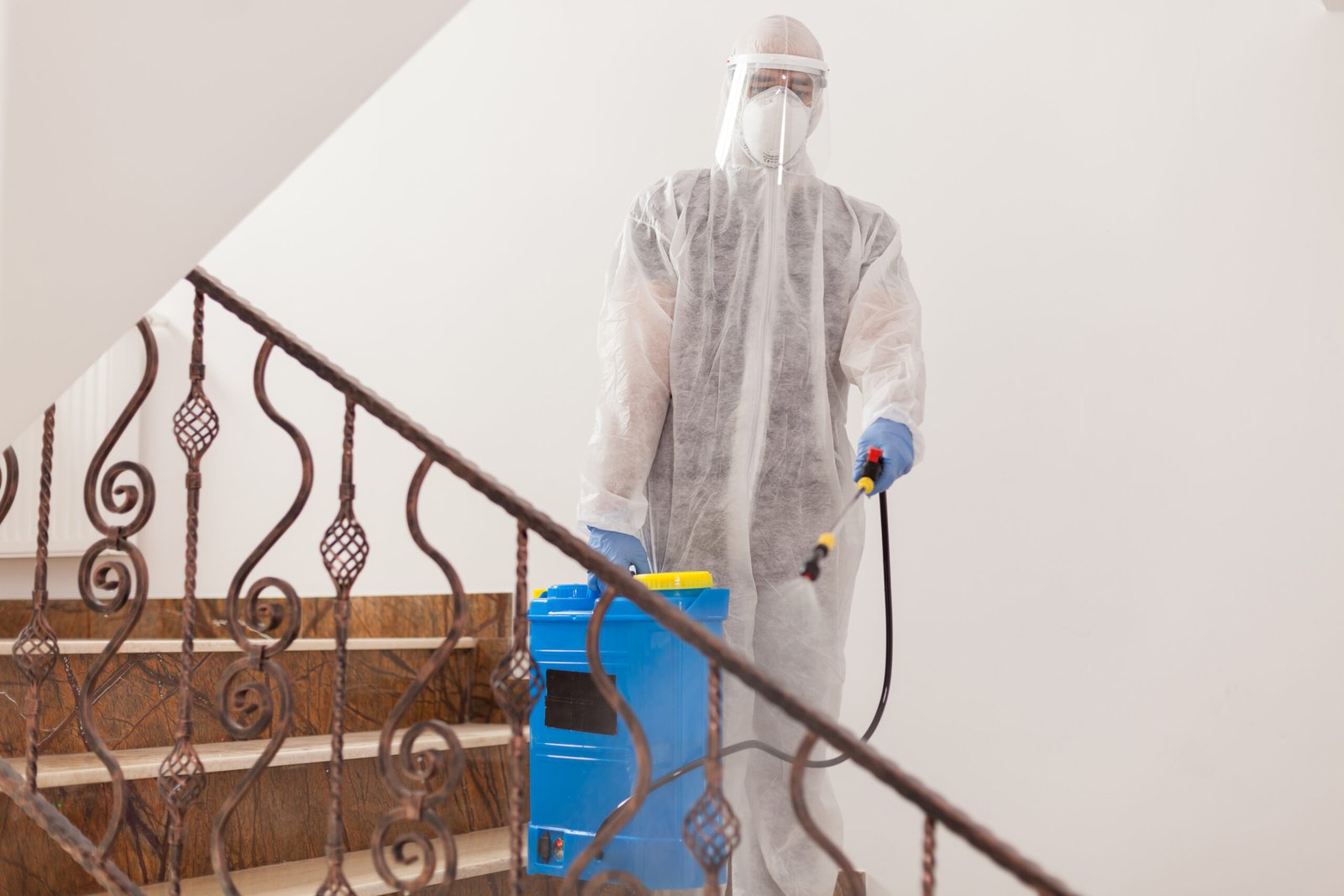
The importance of deep cleaning after mold removal cannot be overstated. Once mold is physically removed, spores can still linger on surfaces and in the air, posing a risk of recurrence. Deep cleaning ensures the removal of these residual spores and helps to restore the affected area to a safe, healthy environment. Here’s a step-by-step approach to deep cleaning after mold remediation:
- Air Filtration: Continue using air scrubbers or HEPA air purifiers in the treated area for at least 24-48 hours after mold removal. This helps to capture any airborne spores that were disturbed during the remediation process.
- Vacuuming: Use a vacuum equipped with a HEPA filter to clean floors, walls, and any furniture that was in the affected area. HEPA vacuums can capture tiny mold spores that standard vacuums may recirculate into the air.
- Cleaning Hard Surfaces: Clean all non-porous surfaces with a mold-resistant cleaner. Pay special attention to areas that are prone to moisture, such as bathrooms and kitchens, to prevent mold from taking hold again.
- Sanitizing Soft Surfaces: For carpets, curtains, and upholstered furniture, use steam cleaning or a professional cleaning service to ensure that any embedded spores are killed. In some cases, it may be necessary to discard heavily contaminated items.
- Laundry: Wash all fabrics, including clothing, curtains, and linens, that were in the vicinity of the mold. Use hot water and a disinfectant or laundry sanitizer to kill any lingering spores.
- Inspect and Replace Filters: Replace all air filters in the HVAC system after the deep cleaning process to ensure they are not harboring mold spores. This includes air conditioner, furnace, and air purifier filters.
- Final Inspection: Conduct a thorough inspection of the treated area and surrounding rooms to ensure that no areas of moisture or mold have been overlooked.
By following these deep cleaning steps, you can significantly reduce the risk of mold recurrence and ensure that your living or working environment is clean and safe.
Why Bio On is Your Go-To Solution for Mold Removal Abu Dhabi
Bio On stands as your definitive solution for mold issues, leveraging a blend of expertise, state-of-the-art technology, and a customer-focused approach. With a seasoned team of professionals trained in the latest mold remediation techniques, Bio On ensures that mold problems are addressed thoroughly and efficiently. Understanding the unique challenges posed by the UAE’s climate, Bio On employs advanced detection and removal technologies that not only eliminate mold but also prevent its recurrence. The emphasis on using eco-friendly and health-conscious methods means your spaces are not only mold-free but also safe for all occupants. Moreover, Bio On’s commitment to exceptional service includes a 24/7 consultation availability, providing peace of mind and convenience for urgent mold concerns.
Conclusion
In conclusion, tackling mold effectively requires a comprehensive approach that includes identifying the source, employing proper safety measures, selecting the right removal solutions, ensuring adequate ventilation, controlling humidity, conducting regular maintenance, recognizing when to seek professional help, and performing thorough deep cleaning post-remediation. Bio On is equipped to guide and assist you through every step of this process, offering expertise and solutions tailored to your needs. For personalized advice and to ensure your space remains healthy and mold-free, don’t hesitate to reach out. Click the WhatsApp button to consult with the Bio On team for free, anytime.







